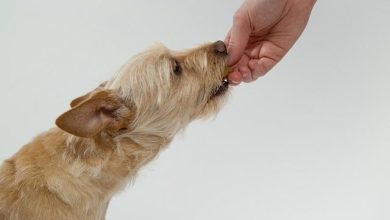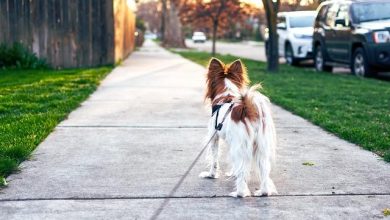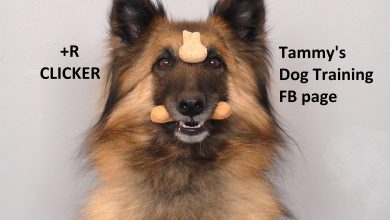Can Positive Reinforcement Work for Aggressive Breeds
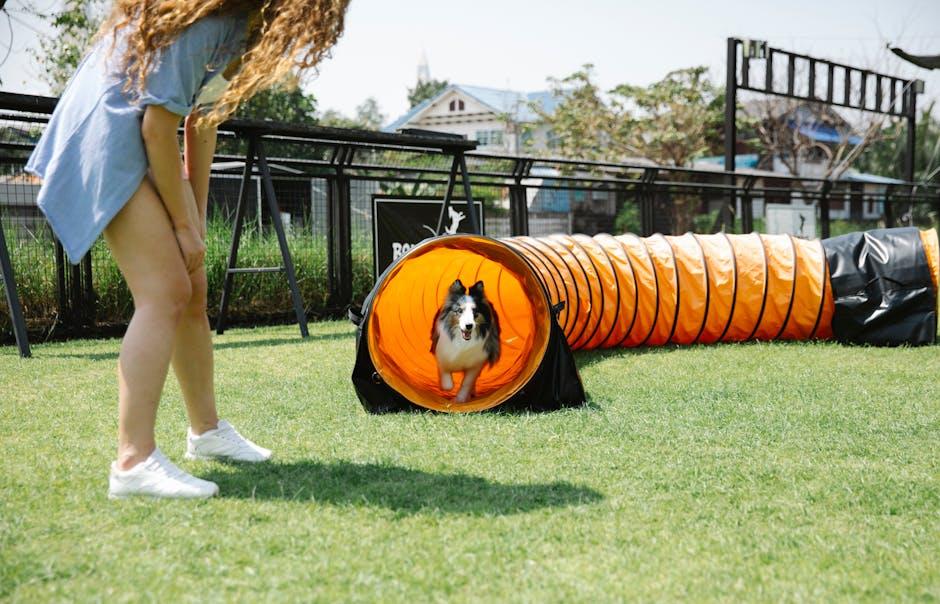
In the realm of canine companionship, few topics spark as much debate and curiosity as the training of aggressive dog breeds. With their powerful builds and often misunderstood temperaments, these breeds present unique challenges and opportunities for dog owners and trainers alike. Amidst the myriad of training techniques available, positive reinforcement has emerged as a beacon of hope, promising transformation through kindness and reward. But can this gentle approach truly tame the tempestuous spirits of aggressive breeds? This article delves into the heart of this question, exploring the potential of positive reinforcement to bridge the gap between fear and understanding, aggression and harmony. Join us as we navigate the complexities of canine behavior, guided by the principles of empathy, patience, and the promise of change.
Understanding Aggression: Myths and Realities in Dog Breeds
When it comes to canine aggression, a myriad of misconceptions cloud our understanding of certain breeds. The notion that some dogs are inherently aggressive due to their breed is one of the most persistent myths. In reality, behavior is influenced by various factors, including genetics, environment, and training methods. Contrary to popular belief, positive reinforcement can be an effective tool for managing and even transforming aggressive behaviors in dogs, regardless of their breed.
Here are some common myths about aggression in dog breeds:
- All dogs of a certain breed are aggressive: This myth overlooks the individuality of each dog and the role of upbringing and environment.
- Aggressive dogs cannot be trained with positive reinforcement: Positive reinforcement focuses on rewarding desired behaviors, which can help reshape a dog’s responses and improve their social interactions.
- Aggression is always a sign of dominance: Aggression can stem from fear, anxiety, or a lack of proper socialization, rather than a desire to dominate.
By debunking these myths, we open the door to a more nuanced understanding of canine behavior. Employing positive reinforcement, which emphasizes encouragement over punishment, allows dog owners to build trust and nurture a harmonious relationship with their pets, dispelling the shadows of aggression and paving the way for a well-adjusted companion.

The Science Behind Positive Reinforcement: How It Influences Behavior
Positive reinforcement is a powerful tool grounded in the principles of behavioral science. At its core, it involves adding a rewarding stimulus following a desired behavior, thereby increasing the likelihood of that behavior being repeated. This approach leverages the brain’s natural reward system, releasing dopamine, a neurotransmitter that signals pleasure and satisfaction. The effectiveness of this method lies in its ability to foster a positive association with the desired behavior, making it more appealing to the individual or animal.
For aggressive breeds, positive reinforcement can be particularly impactful. By focusing on rewarding calm and non-aggressive behaviors, it helps in reshaping their response patterns. Some of the benefits include:
- Reduction in stress levels: Positive reinforcement encourages a more relaxed state by avoiding confrontational techniques.
- Enhanced trust: Consistently rewarding good behavior builds a stronger bond between the trainer and the animal.
- Long-term behavioral change: By reinforcing the right behaviors, it establishes a lasting change in behavior patterns.
Implementing this technique requires patience and consistency, but the science suggests that even breeds with aggressive tendencies can benefit from this approach, leading to a harmonious coexistence.
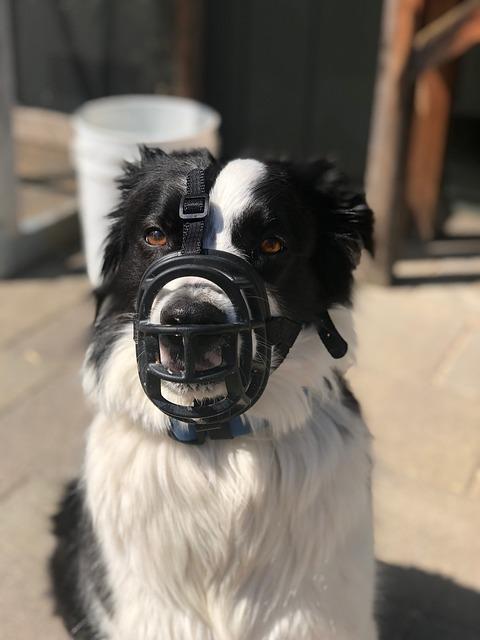
Training Techniques: Tailoring Positive Reinforcement for Aggressive Breeds
Adapting positive reinforcement to suit aggressive breeds involves a blend of patience, creativity, and understanding of the specific needs of these dogs. Positive reinforcement doesn’t just mean handing out treats; it’s about rewarding desired behaviors in a way that resonates with the dog. For aggressive breeds, this could involve:
- Identifying Triggers: Recognizing what specifically sets off aggressive behavior and rewarding calm responses in these situations.
- Using High-Value Rewards: Aggressive breeds may require more enticing rewards to shift their focus. Experiment with different treats or toys to find what motivates them most.
- Consistent Timing: Ensure rewards are given immediately after the desired behavior to help the dog associate the action with the positive outcome.
- Incorporating Play: Some aggressive breeds respond well to play as a reward. Engaging in a favorite game can be just as rewarding as treats.
By tailoring these techniques to suit the individual dog’s needs, positive reinforcement can effectively transform aggressive tendencies into more desirable behaviors.
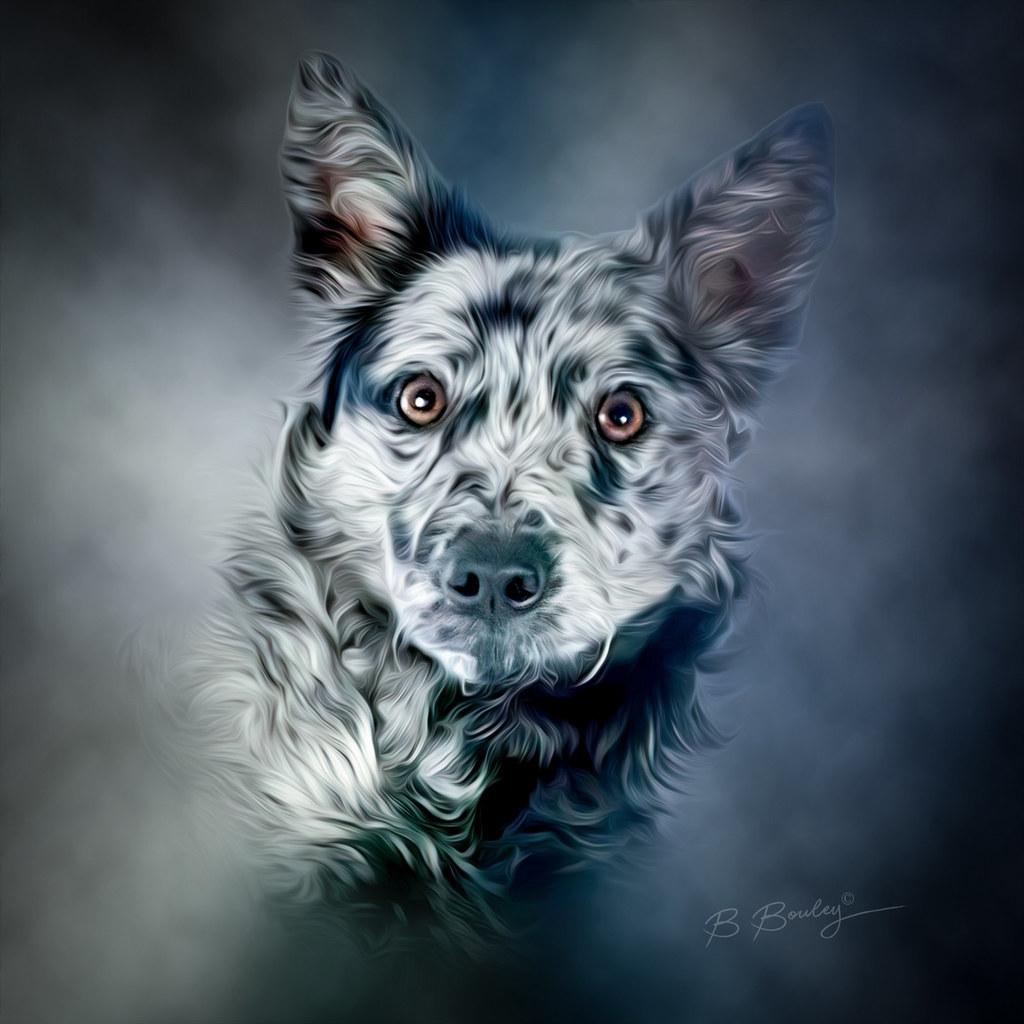
Expert Recommendations: Implementing Safe and Effective Strategies
When it comes to managing aggressive breeds, the consensus among experts is to employ a blend of strategies that focus on positive reinforcement while ensuring safety. It’s crucial to start with a thorough assessment of the dog’s behavior by a qualified professional to tailor a strategy that suits the individual needs of the animal. Positive reinforcement can be remarkably effective if implemented with consistency and patience. Here are some expert-backed strategies to consider:
- Identify Triggers: Recognizing what provokes aggressive behavior is the first step. This could be certain environments, people, or other animals.
- Structured Training: Engage in regular training sessions that focus on rewarding desirable behaviors. This helps in building a foundation of trust and respect.
- Use of Clickers: Clicker training can be a powerful tool in reinforcing positive behavior through sound association.
- Controlled Socialization: Gradual exposure to different settings and individuals can aid in reducing aggression over time.
- Professional Guidance: Regular consultations with a certified animal behaviorist can ensure that the strategies are effective and adjust them as needed.
By combining these strategies with patience and understanding, it’s possible to cultivate a more harmonious relationship with breeds often labeled as aggressive. Remember, the key is not just in the methods used, but in the consistency and dedication with which they are applied.
